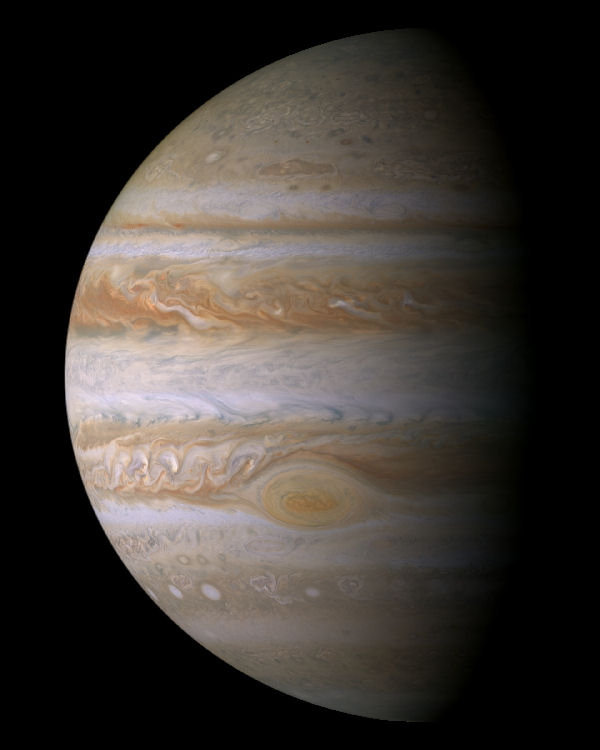Digital SLR
So, after having played for a while with my first bridge (hp 945, 5.3MP, 8x optical zoom), I decided to enter a complete new world for me – the digital SLR (Single-Lens Reflex) photography.
Canon EOS 20D
I read a lot of different tests and I decided myseld for a Canon EOS 20D, which is recognized as one of the best camera in this semi-professional field, i.e. for the so-called “prosumers”. You can find some tests here:
dpreview
The Luminous Landscape
Steve’s DigiCams
Digital Camera Resource Page
imaging resource
Rob Galbraith
Bob Atkins
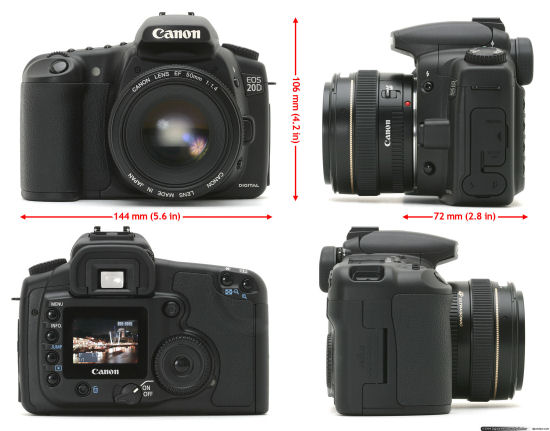
Functionalities Canon EOS 20D
Lightweight and durable magnesium alloy body
Canon EOS (EF/EF-S) lens mount, 1.6x focal magnifier
New 8.3 Megapixel, CMOS image sensor, low-noise / wide dynamic range
Recording choice of 6 levels of JPEG, CR2 RAW, or RAW plus JPEG (choice of 6 different levels of JPEG)
All-new 9-point AF unit with high precision cross-type center sensor has one full stop better low-light performance than the EOS 10D
Ultra-fast start-up time of 0.2 seconds, only 65ms shutter lag time
Processing parameters include 2 presets, 3 custom sets, adjustable for contrast, sharpness, saturation and color tone, and the new monochrome mode which includes built-in digital filtration for yellow, orange, red and green, and print toning in sepia, blue, purple and green.
12 shooting modes, seven Basic Zone modes (Full Auto, Portrait, Landscape, Close-Up, Sports, Night Portrait and Flash Off) and five Creative Zone modes (Standard Program AE, Shutter-Priority AE, Aperture-Priority AE, Manual and Depth-Of-Field AE)
35-zone TTL metering, Evaluative (linked to all focusing points), Center-weighted average, or 9.5% central-area spot metering
White Balance: Auto, six presets and Manual color temperature (2800-10,000°K in 100° increments) and can be corrected for blue, amber, magenta or green.
Continuous mode capture: 5fps up to 23 frames (6 frames in RAW mode)
Shutter speeds: 30 to 1/8,000 seconds, 1/250 sec. flash sync
Eye level TTL viewfinder with diopter adjustment, illuminated AF points, depth-of-field preview and detailed information display.
1.8 inch, color TFT LCD, 118,000 pixels, 5 levels of brightness
ISO Range: 100, 200, 400, 800, and 1,600 (3200 with ISO speed extension)
Built-in E-TTL II popup flash with red-eye reduction.
CompactFlash Type II card slot, Microdrive and FAT32 compatible
High-speed USB 2.0 interface for fast image downloads
Video Out with selectable NTSC or PAL timing
Powered by new BP-511A Li-ion battery pack with 25% more capacity. CG-580 rapid charger included
Lens Canon EF 17-40mm f/4.0L USM
I bought the 20D with the Canon lens EF-S 18-55mm f/3.5-5.6 which is typically sold with as a package. This lens is a cheap one and I have known that I would have to buy another lens. This one is not really good and is more degrading the overall quality of the 20D. Again, a lot of readindgs, specially in the forums this time. I was laughing a lot during all these readings because the people have about the same behaviour as in the IT world (Microsoft vs. Open Source, XP vs. linux): nether ending discussions between fans & experts who are fighting for Canon, or for Nikon, for this kind of lens, for this one, etc. :-)
I hesitated between two Canon lens, which are completely different and differently positionned: the EF 17-40mm f/4.0L USM and the EF-S 17-85mm f/4.0-5.6 IS USM. The 17-40 is recognized as one of the best lens in this range of price, with very high quality optics. It does give you true wide angle coverage (equal to a 27mm lens on a full frame 35mm camera) and being an “L” series lens it’s built to professional standards, a silent USM (UltraSonic Motor) ring motor, distance scale and comes with a hood. USM motors are silent and manual focus (FTM = Full Time Manual) is possible without switching out of autofocus.
Have a look at theses reviews:
PhotoNet
dpreview
Fred Miranda
FountainPhoto: this one is pretty interesting because the author shot some pictures with both lenses and the comparison between the standard 18-55 and 17-40 is great!
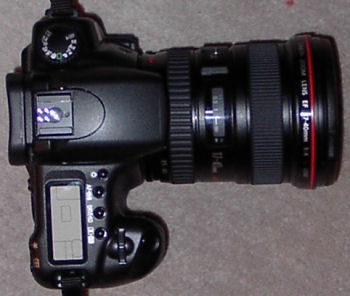
Some inputs & one picture as an example
Weight of the Canon EOS 20D and the lens 17-40: 1.3 kg…
Picture resolution: 3504 x 2336
Size of the pictures (best quality jpg): between 3’711KB and 6’371KB per picture
Very easy to use in “full automatic”. I am now learning step-by-step the new advanced functionalities. Good to have some books to be able to go ahead ;-)
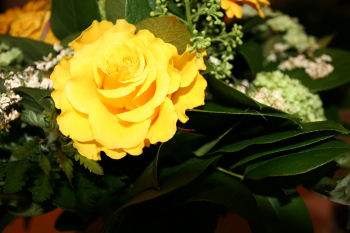 [click to enlarge, size: 3’974KB]
[click to enlarge, size: 3’974KB]
ISO 400, 1/60s, f/4.0
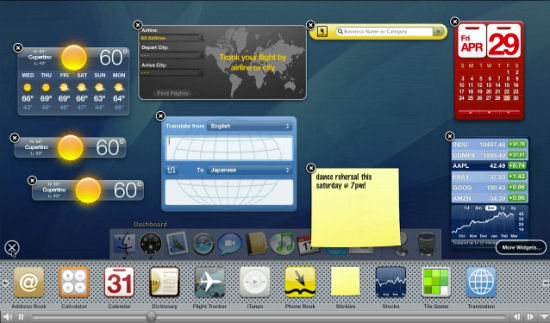


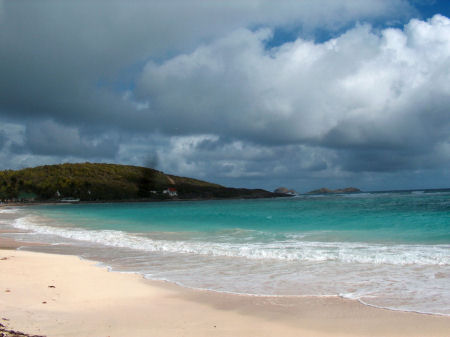
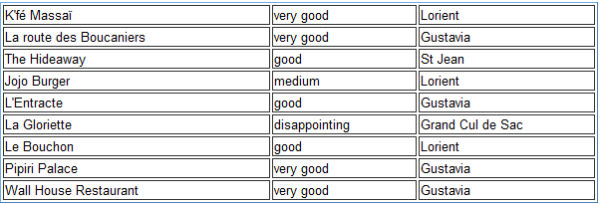




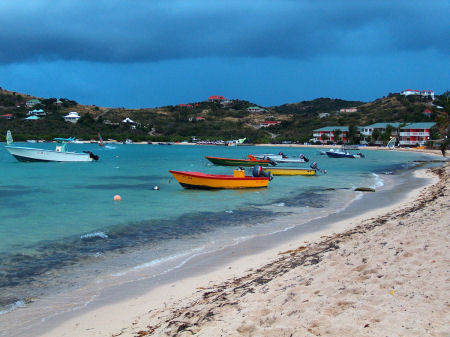

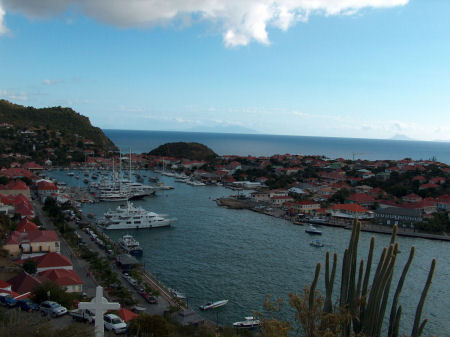
 Free and plays
Free and plays 